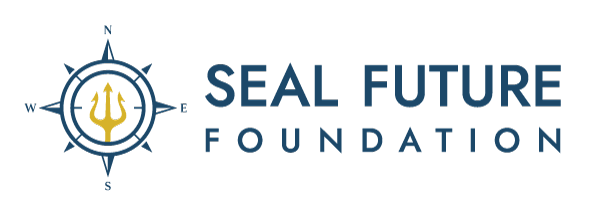Physical therapy can indeed be a valuable treatment approach for certain types of headaches, particularly those stemming from musculoskeletal issues, tension, or poor posture. Here’s how physical therapy can help:
- Posture Correction: Many headaches, especially tension headaches, can be exacerbated by poor posture. Physical therapists can assess your posture and provide exercises and techniques to improve it, reducing strain on muscles and joints that may contribute to headaches.
- Muscle Relaxation: Tightness in the muscles of the neck, shoulders, and upper back can contribute to tension headaches. Physical therapists can use various techniques such as massage, stretching, and manual therapy to relax these muscles and alleviate headache symptoms.
- Strengthening Exercises: Weakness in certain muscle groups, particularly those supporting the neck and upper back, can contribute to poor posture and increased susceptibility to headaches. Physical therapists can prescribe targeted strengthening exercises to improve muscle balance and stability, reducing the frequency and severity of headaches.
- Joint Mobilization: Dysfunction in the joints of the cervical spine (neck) can contribute to headaches, particularly those classified as cervicogenic headaches. Physical therapists can perform specific mobilization techniques to improve joint mobility and reduce headache symptoms.
- Education and Ergonomics: Physical therapists can provide education on ergonomic principles and proper body mechanics to prevent headaches related to workplace or daily activities. They can also offer guidance on lifestyle modifications to reduce headache triggers.
- Modalities: Physical therapists may use modalities such as heat, ice, ultrasound, or electrical stimulation to complement other treatment approaches and provide pain relief.
It’s essential to note that the effectiveness of physical therapy for headaches can vary depending on the underlying cause and individual factors. Therefore, it’s crucial to undergo a comprehensive evaluation by a healthcare professional to determine the most appropriate treatment plan for your specific condition. Additionally, physical therapy should be integrated into a comprehensive management approach that may include medication, relaxation techniques, stress management, and other interventions as needed.
Quick setup:
These exercises should be performed gently and without causing pain. If you experience any discomfort or worsening of symptoms, stop the exercise and consult with a healthcare professional. Additionally, it’s essential to maintain proper form and consistency when performing these exercises to reap their full benefits in alleviating headaches and improving overall neck, back, and shoulder health.
- Neck Stretching:
- Neck Flexion Stretch: Sit or stand tall. Slowly lower your chin towards your chest, feeling a gentle stretch along the back of your neck. Hold for 15-30 seconds. Repeat 2-3 times.
- Neck Side Stretch: Tilt your head to one side, bringing your ear towards your shoulder. You should feel a stretch on the opposite side of your neck. Hold for 15-30 seconds. Repeat on the other side. Do 2-3 repetitions on each side.
- Upper Back Mobility:
- Thoracic Extension Stretch: Sit on a chair or kneel on the floor. Place your hands behind your head, elbows out to the sides. Arch your upper back gently, looking upwards. Hold for 10-15 seconds, then return to the starting position. Repeat 5-10 times.
- Cat-Cow Stretch: Start on your hands and knees (tabletop position). Inhale as you arch your back and lift your head and tailbone towards the ceiling (cow position). Exhale as you round your back, tucking your chin to your chest (cat position). Repeat 10-15 times.
- Shoulder Strengthening and Stretching:
- Shoulder Blade Squeezes: Sit or stand with your arms by your sides. Squeeze your shoulder blades together as if you’re trying to hold a pencil between them. Hold for 5 seconds, then relax. Repeat 10-15 times.
- Shoulder Rolls: Stand tall with your arms relaxed by your sides. Roll your shoulders forward in a circular motion, then roll them backward. Repeat for 10-15 repetitions in each direction.
- Posture Awareness Exercise:
- Wall Angels: Stand with your back against a wall, feet a few inches away from the wall. Bend your elbows to 90 degrees, so your upper arms are parallel to the floor. Slowly slide your arms up the wall, keeping your elbows and back in contact with the wall. Then, lower them back down. Repeat for 10-15 repetitions.
Written by: Joey Fio, Chief Programs Officer
